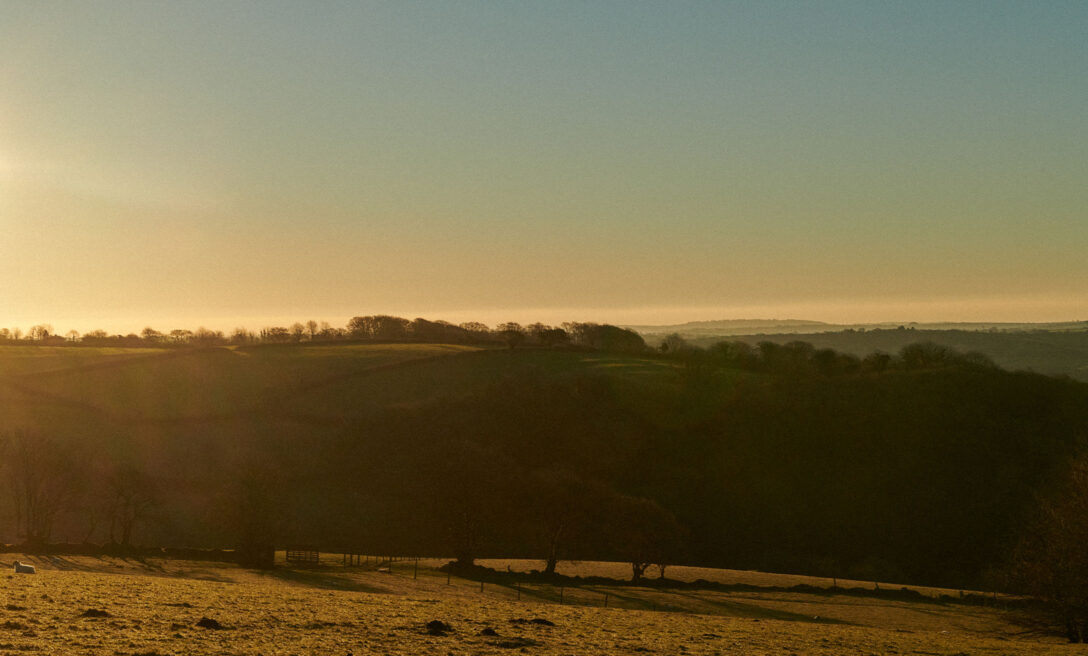
Our third and final Artist in Residence instalment looks at what Maya hopes to convey through her art, and how she would like it to be perceived by the outside world. She introduces us to the concept of biophilia; an instinctual affiliation to nature, and how nature can make us happy without us even realising.
Nature and connection
Maya’s work has a strong focus around the connection which people have with nature, and the importance which this has within our everyday lives, and the profound impact which this can have on our happiness: “It might sound weird at first but I want my artwork to be experienced or perceived as a medicine that you may not realise you are being given. Being in the presence of, or even touching natural materials such as wood is a healing modality that I believe we should all have in our homes and dose-up on everyday.”
Maya goes on to introduce us to a theory which she has become attuned with: “There is a fascinating theory called biophilia* which suggests that humans have an instinctual affiliation to nature, meaning our bodies naturally love it and like to be within its presence. Nature makes your body happy even if you don’t care or realise it. The release of dopamine and serotonin has been linked to contact with various natural materials such as mud, wood and sheeps wool, along with the positive effect on our microbiome. Ingesting microbes found on these materials causes more variety in our gut, another way nature can support our immune system and improve our quality of life. Biophilia argues that because humans have had a close relationship with trees and have worked with wood for millenia, that our bodies recognise it, sense it and feel at home around it. In a post by naturallywood.com (a site with loads of interesting content), they talk through many architectural design benefits of using wood such as ‘stress reduction, improved cognitive performance, enhanced moods, and increased preference for spaces. These benefits are often referred to as ‘biophilic responses’”. Who doesn’t agree that snuggling up in a log cabin feels amazing and smoothing your hand over a wooden bowl with raw edges isn’t a pleasant experience?”
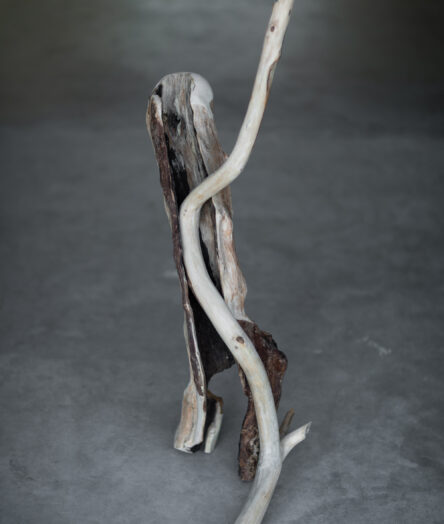
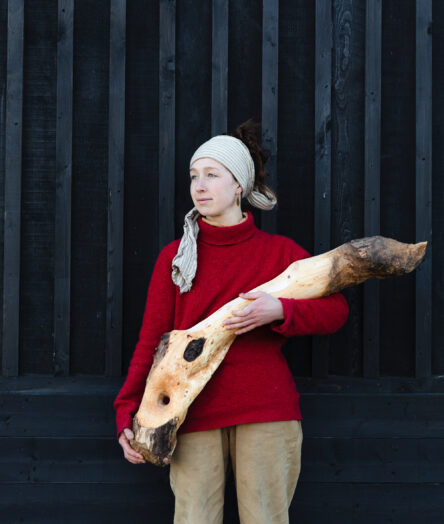
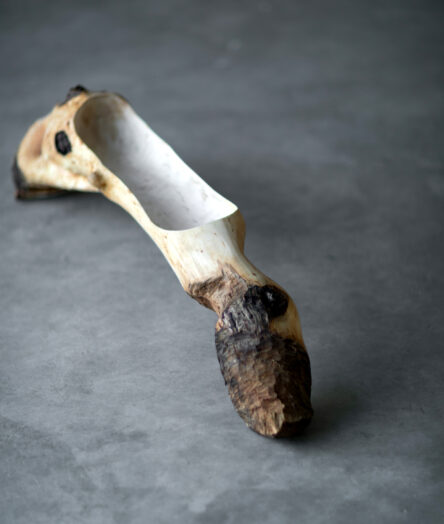
Aesthetics and purpose
For Maya, investing in her art is not just about the visual aspect which her pieces can provide to a space, the meaning and purpose goes deeper: “Making art that people not only purchase for its aesthetic beauty but also because it offers them healing/is a preventative medicine is how I want my work to progress. If you can’t go down to the woods for a walk then get more wood in your homes and work spaces. I am really passionate about biophilic interior design and the treatment of the home as a temple, however big or small your space might be. I also believe that organic, fluid and particularly imperfect forms dissolve the concept of perfection and I want to share my work with all of this in mind. So choose to buy natural art, furniture and objects because our bodies know more than our minds.”
Development and the future
For Maya, wood carving and textiles will always be at the heart of her work. Her interests now lie in seeking out a researcher or designer working with the psychology of bringing natural materials and forms into the home or work place, linking with her fascination for biophilic interior design: “I’d love to collaborate with someone to make sculptures for this purpose with a focus on benefitting wellbeing and pushing using my work as a preventative medicine whilst bringing awareness to nature. As much as possible I’d like my work to be displayed in more retreat centers around the country as part of their healing modality, as well as in hospitals where healing and comfort is needed. I have already worked with a kinesiologist to develop a piece of naturally dyed textile work to be displayed in their waiting area. Working closely with holistic practitioners to create personalised, purpose-made art is my dream.”
“It might sound weird at first but I want my artwork to be experienced or perceived as a medicine”
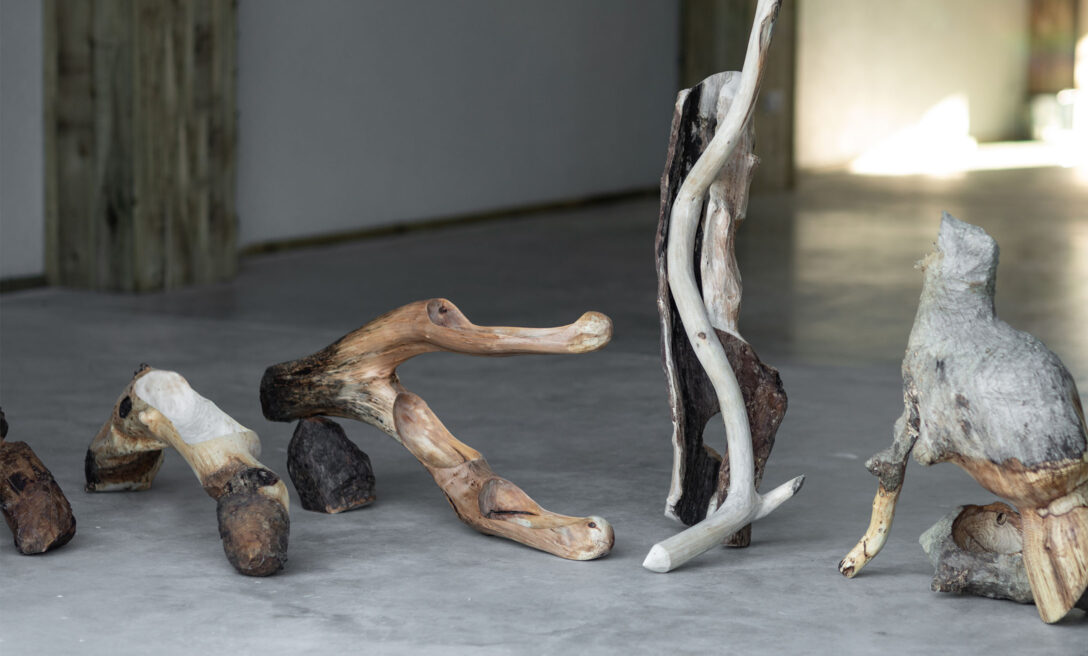
The Collection
During the six week residency Maya carved six individual sculptures which are now on display in the Barn at Cabilla. Photos and further information about each sculpture can be found at firsttemples.com. If you are interested in buying any of these pieces or would like any further information about Maya’s work, please email [email protected].
*For anyone interested in some further reading on biophilia, Maya has selected a few interesting resources:
Naturally Wood
Permaculture College Australia
National Library of Medicine
Department of Environmental Conservation, New York